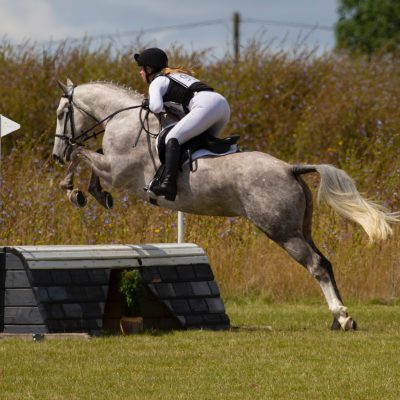I’ve recently been riding without stirrups to help my balance and improve my skills. Riding without stirrups can be challenging, but it offers a host of benefits that can significantly enhance your riding ability. I wanted to explore the advantages, potential disadvantages, techniques, and proper methods of practicing without stirrups and share them with you all.
The Benefits of Riding Without Stirrups
Practicing without stirrups can yield various advantages for riders of all levels:
- Improved Balance: Riding without stirrups requires you to engage your core muscles and find your center of balance, leading to better stability in the saddle.
- Strengthened Leg Muscles: As you ride without stirrups, your leg muscles work harder to maintain your position, resulting in increased leg strength and effectiveness.
- Enhanced Communication: Without stirrups, your aids become clearer, allowing for better communication with your horse through subtle cues.
- Deeper Seat Connection: Riding without stirrups enables you to feel your horse’s movements more directly, fostering a deeper connection and understanding between horse and rider.
Disadvantages of Riding Without Stirrups
While the benefits of riding without stirrups are considerable, there are a few potential disadvantages to consider:
- Muscle Fatigue: Extended periods of riding without stirrups can lead to muscle fatigue and soreness, so it’s essential to start gradually and listen to your body.
- Loss of Stirrup Position: For some riders, prolonged periods without stirrups may cause them to lose their stirrup position when they use them again. Practicing with stirrups occasionally can help maintain proper positioning.
How to Practice Without Stirrups
To make the most of your practice without stirrups, follow these techniques:
- Start Slowly: Begin with short intervals of riding without stirrups, gradually increasing the duration as your strength and confidence grow.
- Focus on Form: Concentrate on maintaining correct riding posture and alignment. Keep your heels down, your leg position steady, and your upper body tall and balanced.
- Use a Safe Environment: Choose a familiar and enclosed space for your practice sessions to ensure both you and your horse feel secure.
Managing the Stirrups When Riding Without
When practicing without stirrups, you can manage your stirrups in various ways:
- Fold Over the Saddle: If your saddle allows it, fold the stirrups over the front of the saddle and secure them with a leather keeper. This keeps them out of your way while still easily accessible when needed.
- Tie Them Up: Alternatively, you can tie your stirrups to the girth or saddle D-rings using stirrup hobbles or rubber bands to prevent them from swinging.
Practicing without stirrups is a valuable exercise that can significantly improve your riding skills and balance. By embracing the benefits of improved balance, strengthened leg muscles, enhanced communication, and a deeper seat connection, you can become a more skilled and confident rider. Remember to start slowly, focus on proper form, and gradually increase the duration of your practice sessions. By managing the stirrups appropriately, such as folding them over the saddle or tying them up, you can ride without stirrups safely and effectively. So, saddle up and enjoy the rewards of practicing without stirrups as you take your riding abilities to new heights!








No Comment! Be the first one.